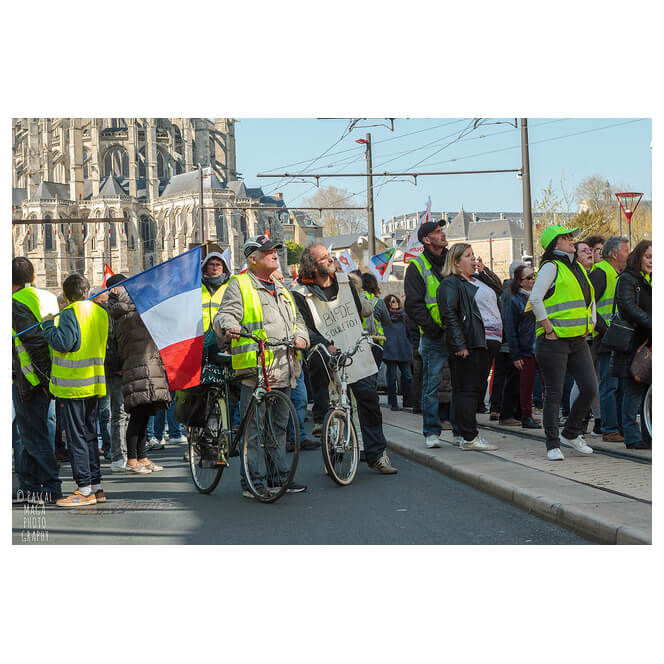It’s the 80km/h speed limit on country side roads and the ‘carbon tax’ raising the price of the diesel fuel that triggered the French ‘Yellow Vests’ protest last November, in a country where 75% of the working population use their car to go to work. But the deeper undercurrent is social insecurity. Most protesters have a car, a job, a home, pay taxes, yet they struggle to make a living. As their posters say “While the elites worry about the end of the world, we worry about the end of the month”. The return of social insecurity goes back to the mid-70s, with the two oil shocks putting an end to the post war economic boom and to industrial capitalism. Succeeding to the wage-earning society, where workers had stable jobs, guaranteed wages, good social protection, came the time of social disaffiliation, mass unemployment, labour market deregulations, rising inequalities and new forms of poverty[2]. It developed with the acceleration of economic and financial globalization. The “Great Recession” of 2008 exacerbated these trends and was the breeding ground for the Yellow Vests revolt.
Operationalizing social insecurity as such requires a multidimensional indicator that goes beyond actual material poverty to capture the risk of poverty, being at the mercy of the vicissitudes of life (illness, accident, job loss), with nobody to rely on. At the end of the 90s, when the rate of unemployment reached unprecedented peaks, the French Social Security medical centres elaborated such an indicator to detect health problems in socially vulnerable populations: the EPICES index (Evaluation de la Précarité et des Inégalités de Santé pour les Centres d’Examen de Santé/Evaluation of Precariousness and Health Inequalities for Health Examination Centres). It consists of eleven simple yes/no questions covering not only financial difficulties, but house ownership, complementary health insurance, support from family and friends, access to leisure and cultural activities. They take little time, are easily understood and the non-response rate is negligible. The answers provide a continuous measure that allows for the placement of respondents on a scale of precariousness ranging from 0 (not precarious at all) to 100 (extremely precarious).
Social services consider that a score of 30 or more on the EPICES indicates precariousness. In the 2017 French Electoral Study, conducted after the last presidential election, 39% of the voters fell into this category, a figure that is much higher than the share of people who are unemployed, below the poverty line, or in unprotected jobs, and 3 points above the share recorded at the 2012 presidential election. Precariousness cuts through class and status lines. It affects higher class, educated, and upper-income voters: 15% of the category of senior managers and professionals, 20% of respondents in the middle-income quintile, 22% of university graduates. But it affects three quarters of the voters in the lower income quartile and more than half of the blue collar workers and voters with primary school education only, with major political consequences.
In the first round of the 2017 presidential election, the share of respondents who failed to express any electoral preference is three times higher in the upper quintile of the EPICES index, the most precarious, than in the lower one, and in the second round, twice as high. While the rate of ‘constant abstention’ – voters completely out of the game who did not participate in either round – rises from 2% to over a quarter. The effect of precariousness persists after controlling for the effect of the other variables influencing electoral participation (age, education, gender, foreign origin, and political interest). One also finds a positive association between scores on our indicator of precariousness and support for the two populist candidates, Marine Le Pen on the far right and, to a lesser degree, Jean-Luc Mélenchon on the far left. But after controlling for socio-demographic and political variables, it disappears. The most striking impact of social insecurity is that it keeps such large sections of the potential electorate away from the polls. In the first round of the 2017 presidential election, the ‘no vote’ option is ahead of all other voting options in the three upper quintiles of precariousness. In the second round – the decisive one – it is ahead in the last two quintiles. In the last quintile, the most precarious, with an average score of 56 on the EPICES index, half the voters express no preference. Conversely, the indicator of precariousness has a strong but negative impact, resisting all controls, on support for Emmanuel Macron, while income has a positive effect. Macron clearly is the president of the well-off and economically secure voters.
Far from fuelling populism, social insecurity reduces to silence, it leads the most precarious to political self-exclusion. But it could also, in the contentious atmosphere surrounding the Yellow Vests movement, fuel protest. A recent study conducted by a research team at Sciences Po Grenoble[3], based on an online questionnaire circulated among 1750 Yellow Vests participants active on Facebook, the social media where the movement started, found that 74% of the respondents can be considered as ‘precarious’, with a score of 30 or more on the EPICES index, almost twice the proportion observed in our 2017 sample.
[1] Nonna Mayer (2018), “The political impact of social insecurity in France”, Partecipazione e conflitto, 11(3):646-691.
[2] See Robert Castel (2016), “The rise of uncertainties”, Critical Horizons, 17(2): 160-167 (https://www.tandfonline.com/doi/abs/10.1080/14409917.2016.1153886).
[3] https://www.lemonde.fr/idees/article/2019/01/26/qui-sont-vraiment-les-gilets-jaunes-les-resultats-d-une-etude-sociologique_5414831_3232.html.
Nonna Mayer is a CNRS Research Director Emerita at the Centre for European Studies and Comparative Politics of Sciences Po.


